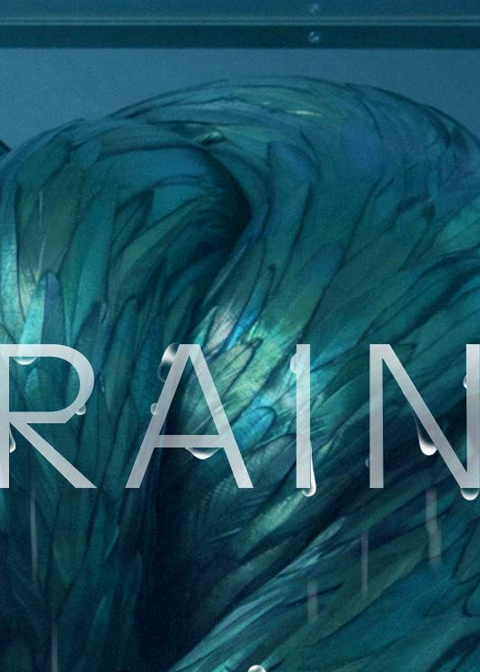


High on the forested slopes, she survives by hun. Herons are often called “Dinosaur Birds.”įossil records date them back 1.8 million years ago, but they are thought to have existed about 25 million years ago during the Cenozoic age. A gripping novel of myth, environment, adventure, and an unlikely friendship, from an award-winning Australian author Ren lives alone on the remote frontier of a country devastated by a coup d' tat. Herons are able to do this because of specially shaped vertebra. Great blues also fly with their legs ‘hanging” which is unique from most birds. Cranes have shorter beaks and hold their necks straight when in flight, whereas herons curve necks into an S-shape. You can tell them apart by looking at the beaks and the way they fly. MYTHĪ crane is totally different type of bird. Patience and speed are the keys to their hunting success. Great blue herons can swallow fish that are much wider than their narrow neck and have even been know to catch small birds in flight. They shake the prey to break spines before gulping them down. This action is known simply as a ‘bill stab’. Great blue herons grab prey in their strong beaks or use their dagger-like bills to impale. Herons spend about 90 percent of waking time stalking prey. In Washington, mice and voles making up a major portion of their winter diet when they choose to hunt on land. Great blue herons dine mostly on fish but they will also stalk everything from insects to small mammals and even other birds. Here are a few things you may not have known about these iconic Northwest birds. Largest of the heron species, up to 4’ in height, they actually only weigh between 5-6 pounds. It’s a common sight to see the “lucky” great blue heron patiently hunting on the shores of Hood Canal and South Puget Sound.


 0 kommentar(er)
0 kommentar(er)
